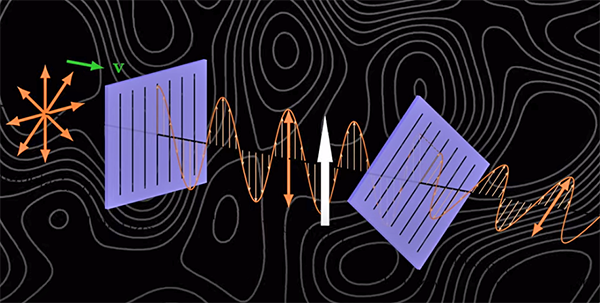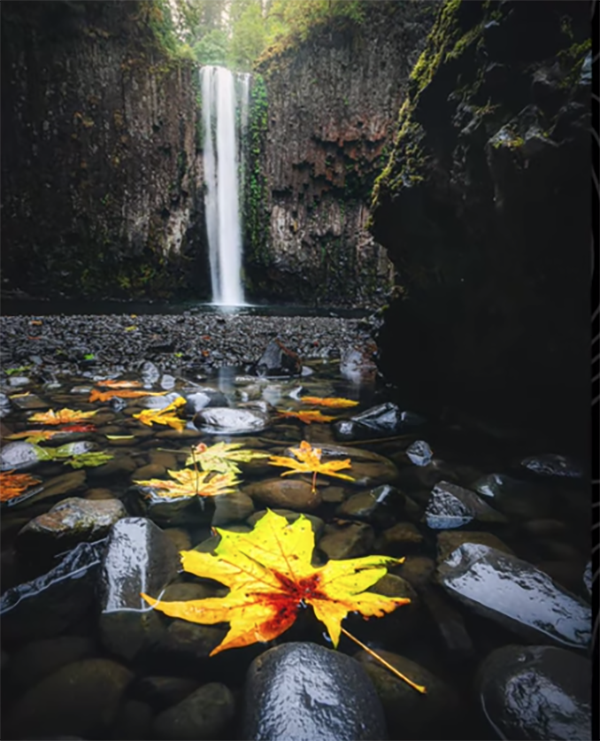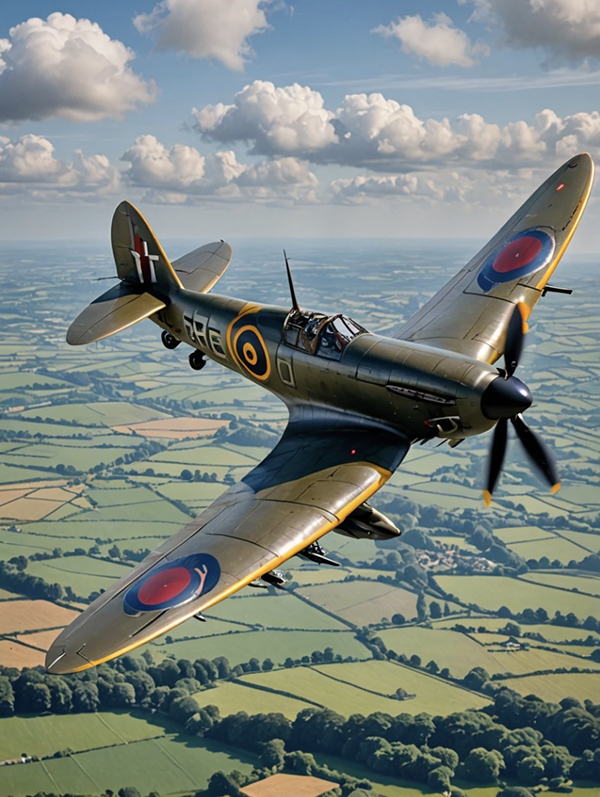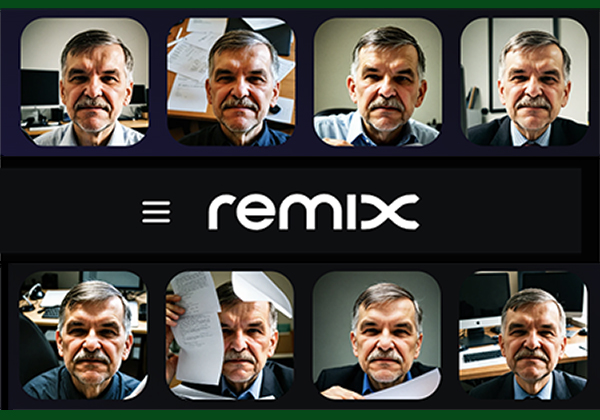Boring Sunset & Sunrise Photos? 5 Shooting Tips to Make Them POP! (VIDEO)
Sunrises and sunsets are among the most popular scenes when shooing in the field, but many photographers are disappointed with their results. These misfires often occur because some shooters don’t understand how to take advantage of this soft, warm, and beautiful light. We’re going to fix that today with a five-step guide from the Yorkshire Photo Walks YouTube channel.
Instructor Tom Marsh is a successful British landscape pro whose tutorials all have a common theme; namely, to “help you become a more thoughtful and confident photographer. So if you struggle to capture captivating images when the sun is near the horizon, Marsh’s five simple tips will change all that in a hurry.
In his behind-the scenes episode at the stunning Yorkshire Dales you’ll watch Marsh photograph the iconic Norton Tower—a ruin dating back to 1540 that is thought to have been a hunting lodge. The good news about this form of photography is that the sun rises and sets every day— so there’s plenty of opportunities to practice todays great advice.
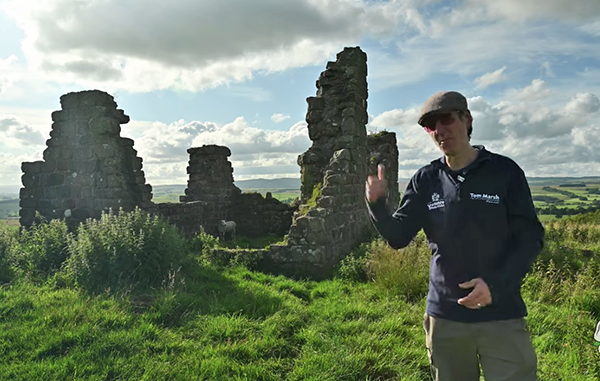
The first tip is one you’ve likely heard before, but it definitely bears repeating: “Location. Location. Location.” Marsh explains what to look for at a destination while waiting for Golden Hour and he puts it like this: “I like to think of my sunrises and sunsets as the background in my scene. Therefore it’s my job (and yours) to find something interesting to place between the background and the camera.”
This is a much different and me affective approach that just photographing the landscape as the sun peaks above or drops below the horizon. Compelling elements can be natural, like an interesting tree or impressive pile of boulders, or man-made objects like buildings (or in this case the Norton Tower.
You’ll also learn the benefit of shooting from an elevated vantage point, as well as several ways to frame a scene to accentuate both the midrange element and the warm, glowing background to perfection. Marsh also reveals two popular apps that enable you to quickly determine the precise position and trajectory of the sun at any point in time

We’ve barely scratched the surface to far and there is plenty more great advice, including how to deal with different types of weather and skies, the best way to position a key element with regard to the horizon, and the key camera settings and gear that Marsh recommends
Bottom line: Don’t be satisfied with the same-old-same-old sunrise/sunset photos when you are capable of so much more. The Yorkshire Photo Walks channel is full of helpful lessons like this one, so be sure to pay a visit when you have time to explore.
And on a related note, don’t miss a recent tutorial we featured with a straightforward Lightroom technique that will transform dull daylight landscape photos into attention-grabbing images with a realistic sunset appearance,


